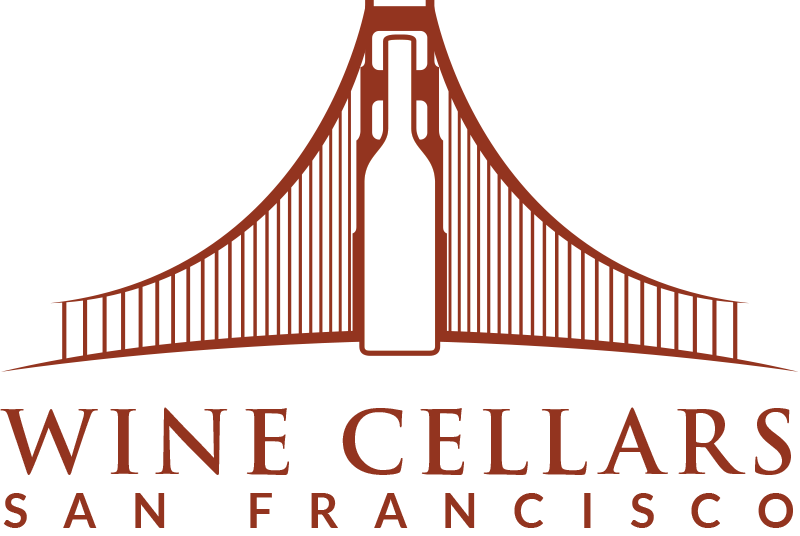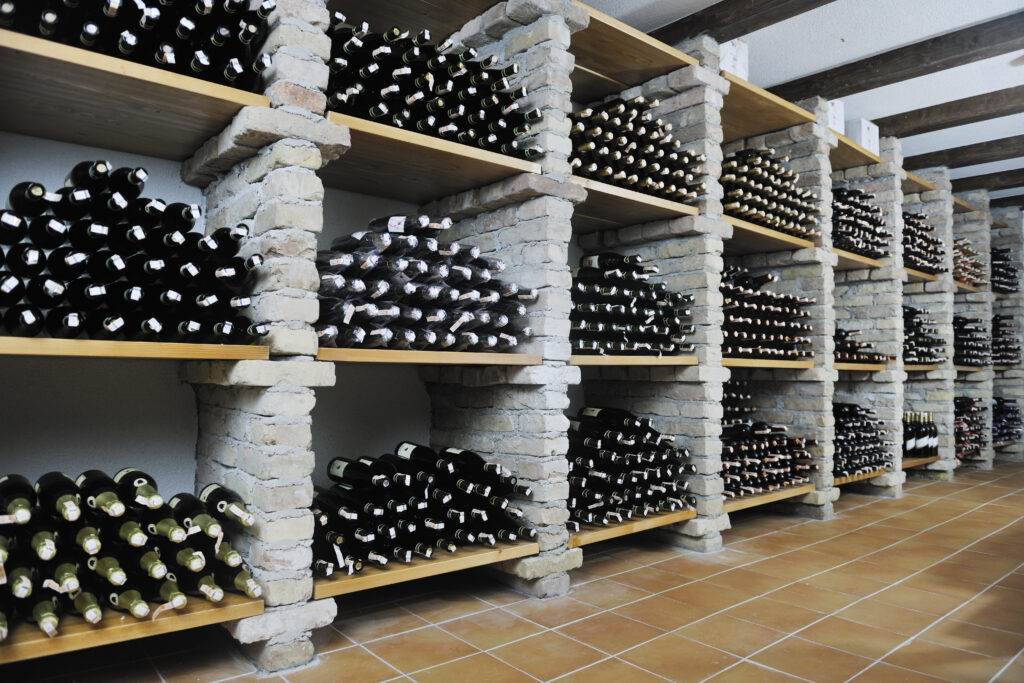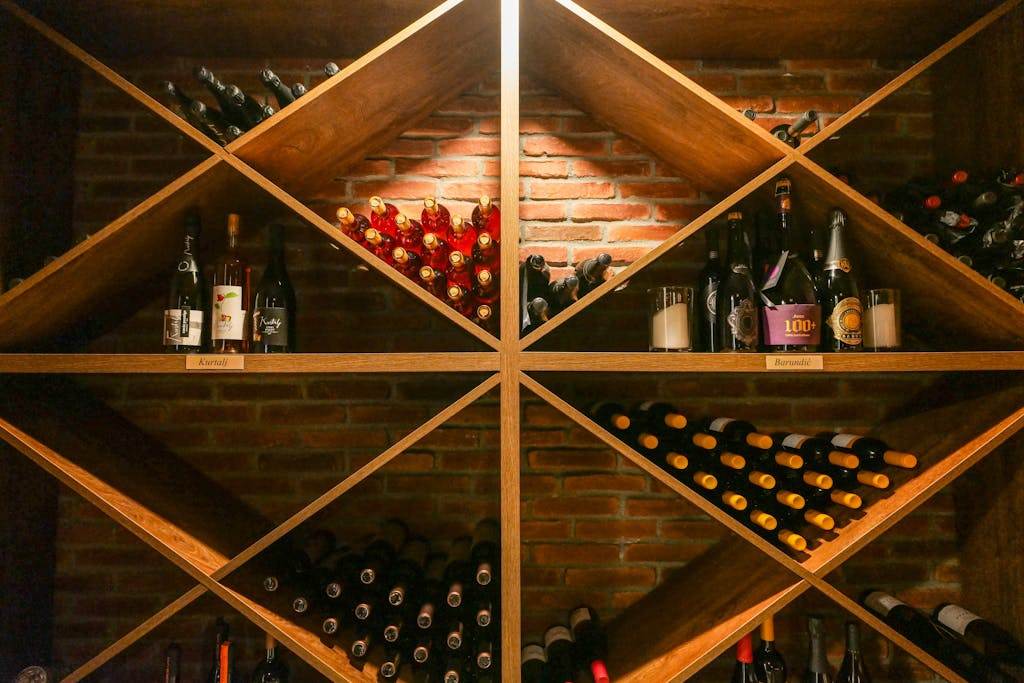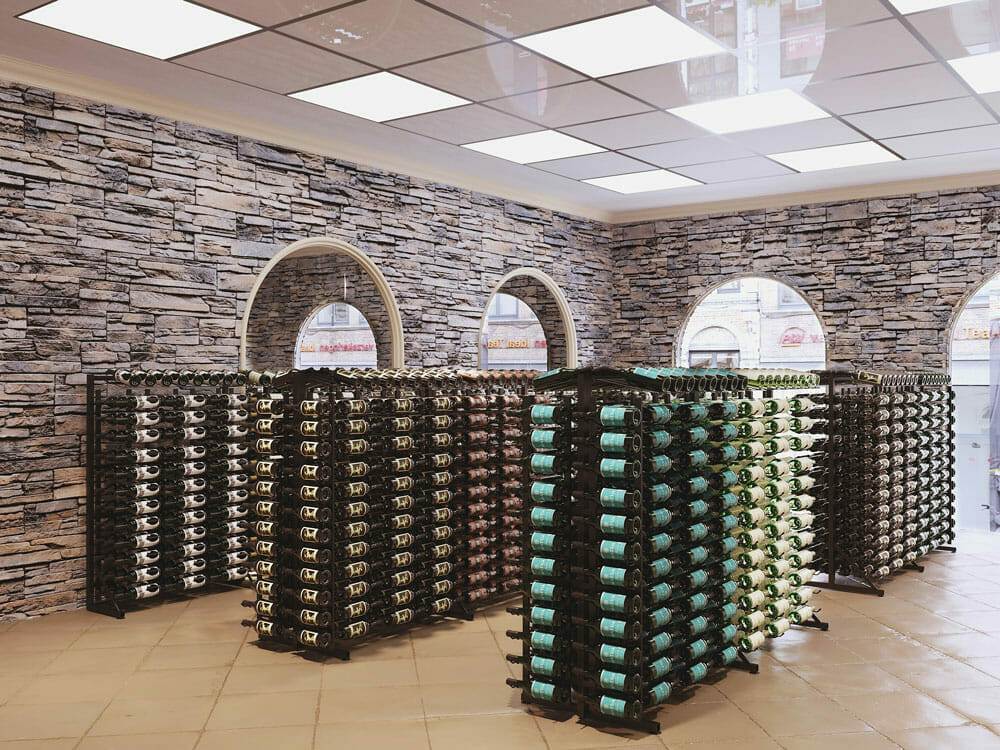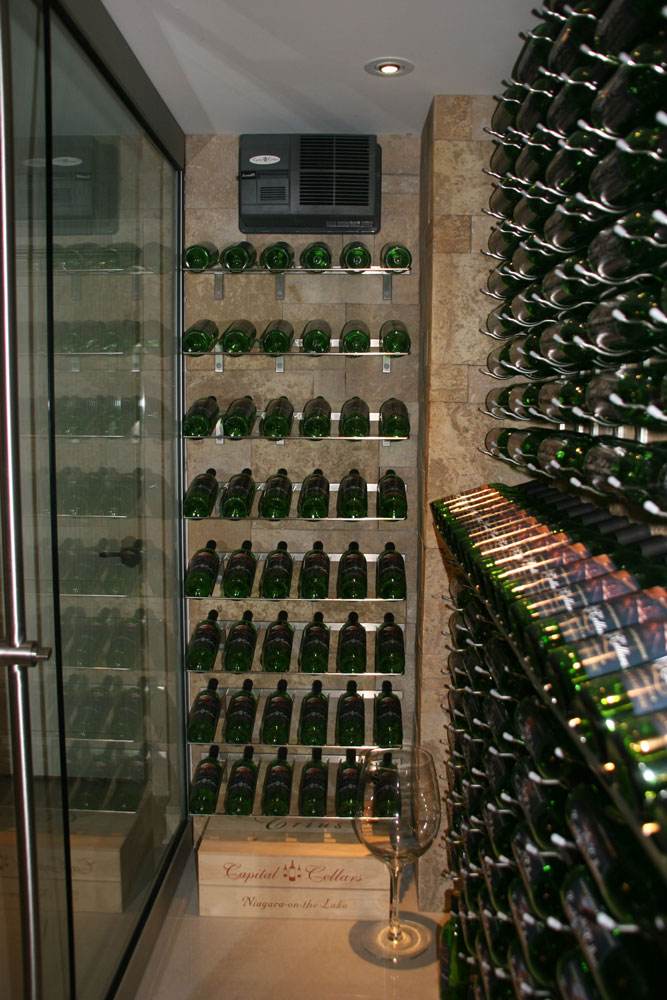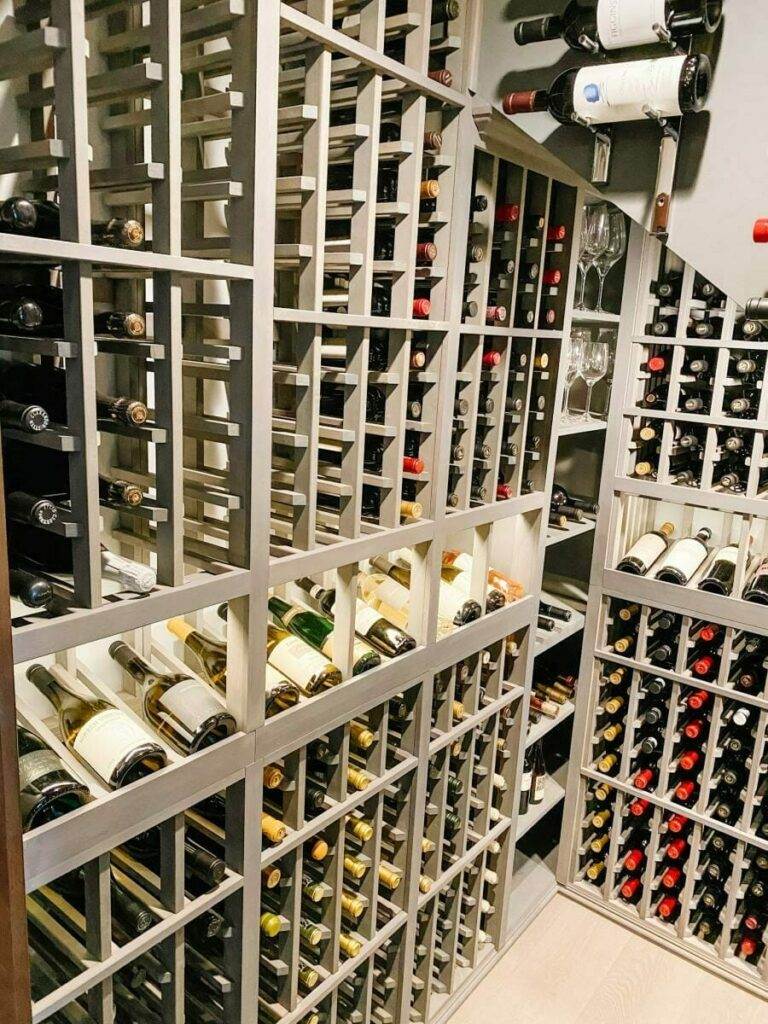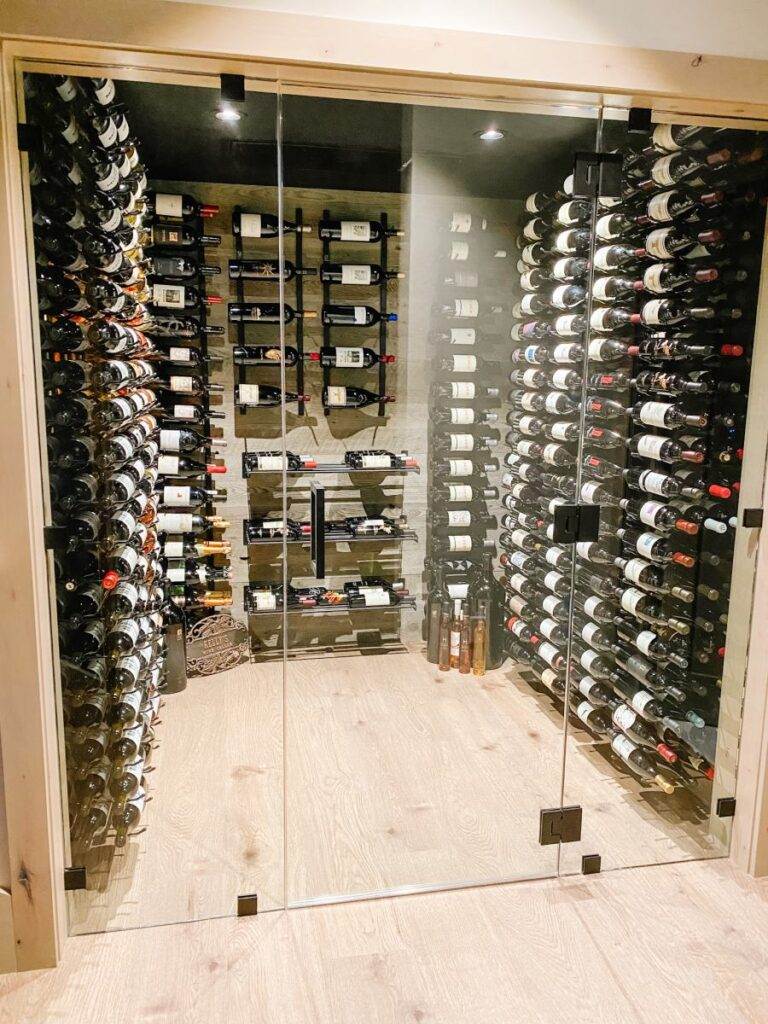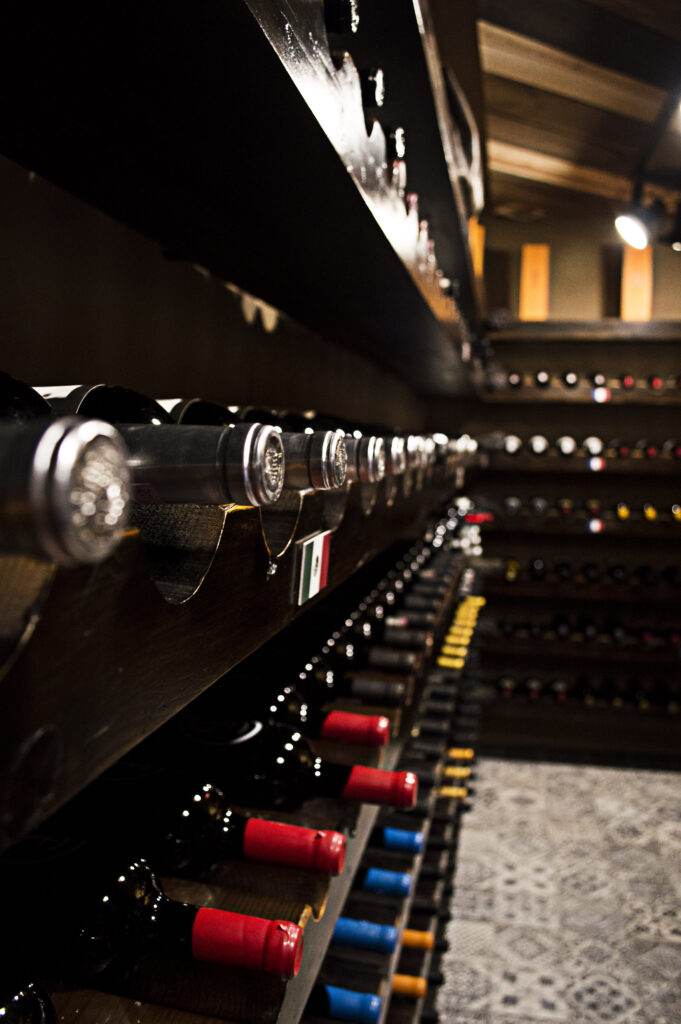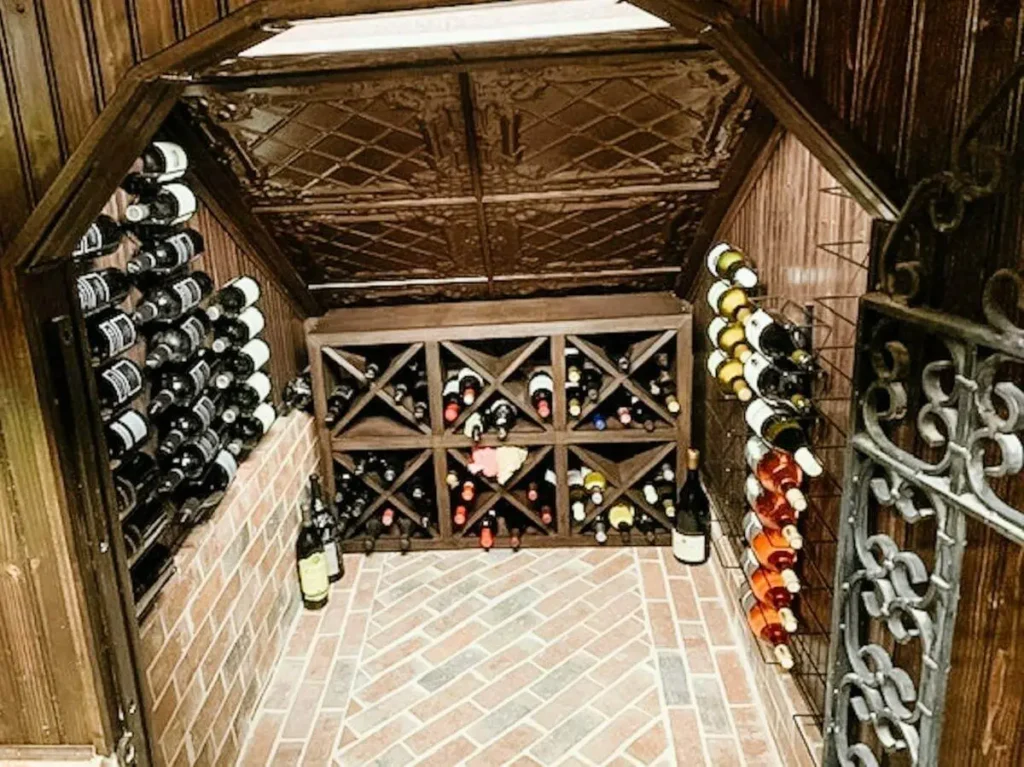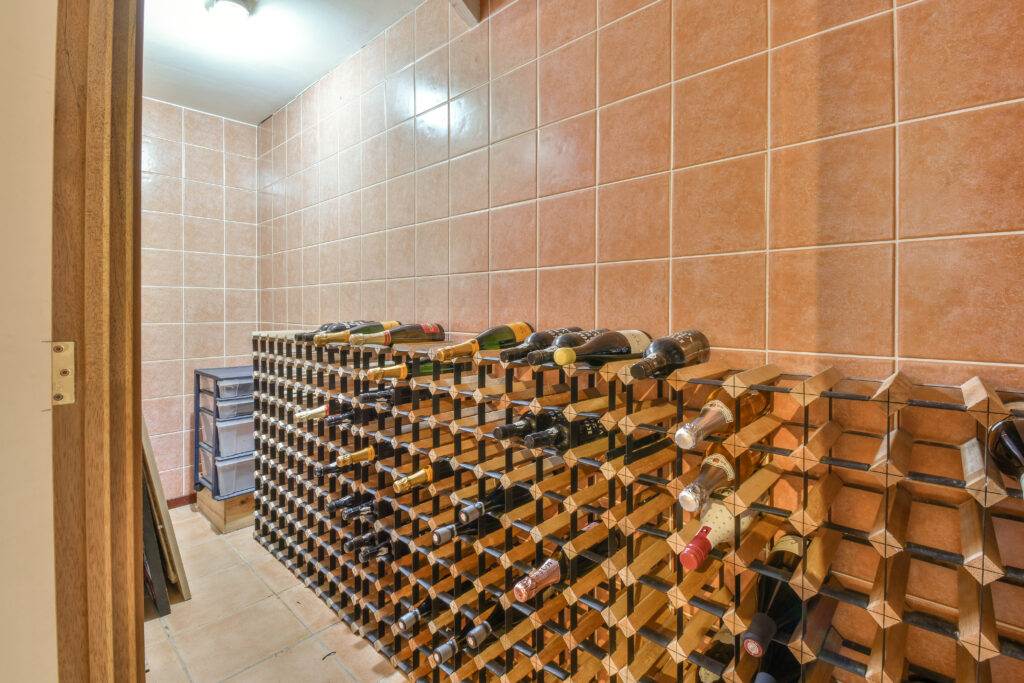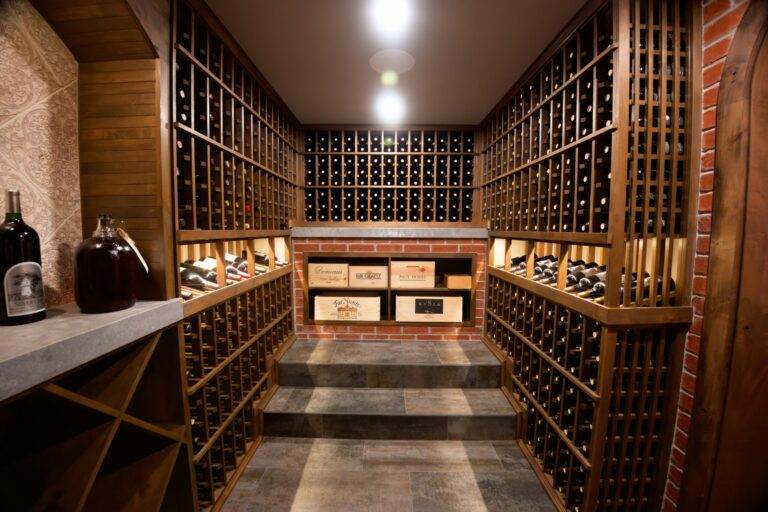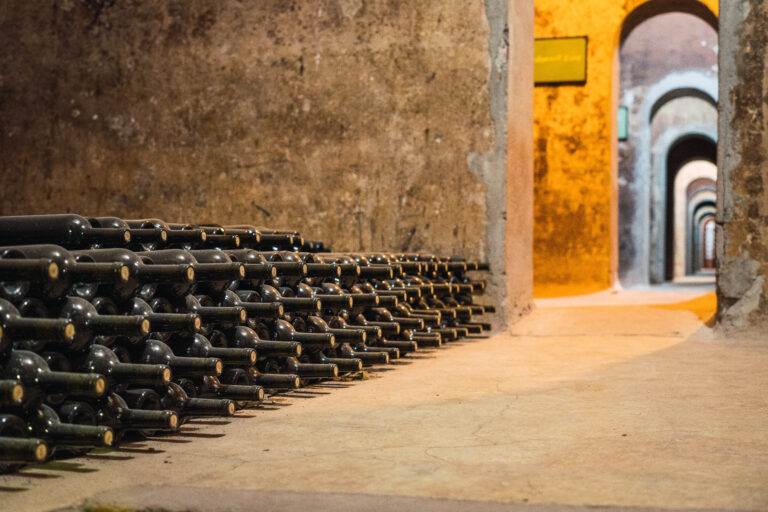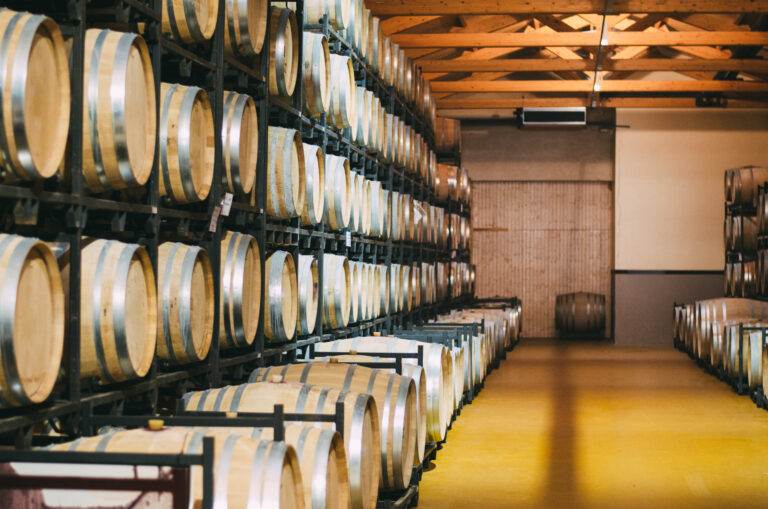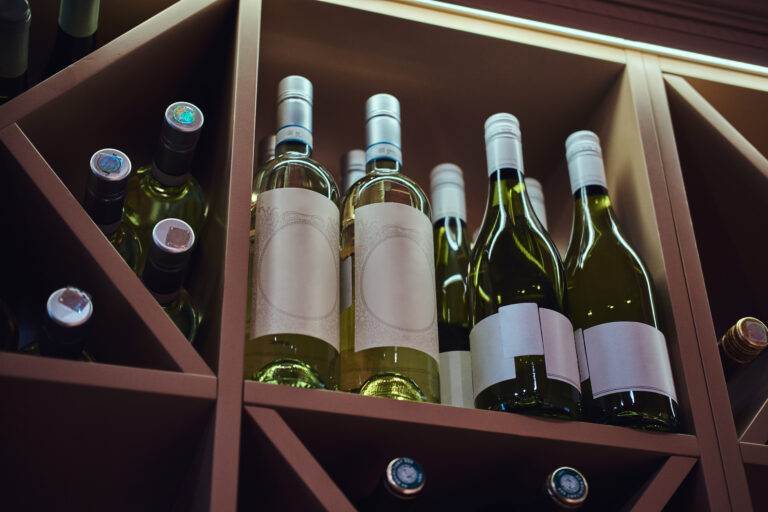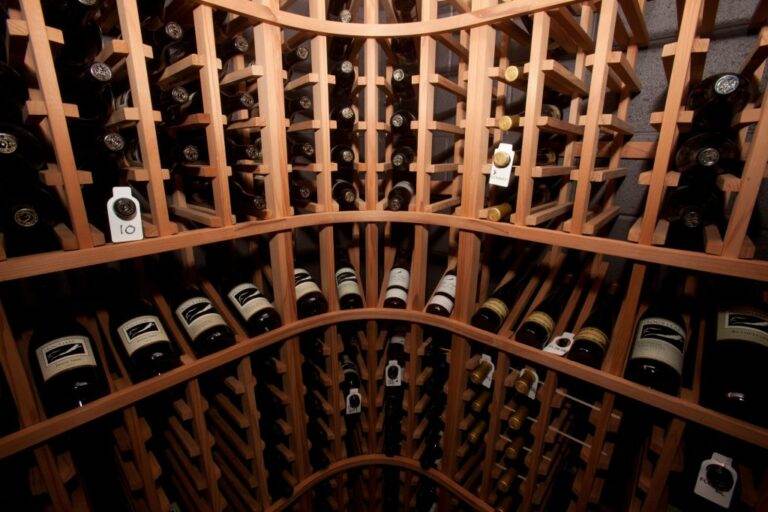Introduction
Creating a commercial wine cellar is more than just a practical investment; it’s a passion project for many wine enthusiasts and business owners alike. As the demand for quality wine continues to rise, having a designated space not only enhances the wine experience but also protects the integrity of the collection.
The Value of a Wine Cellar
A commercial wine cellar serves multiple purposes:
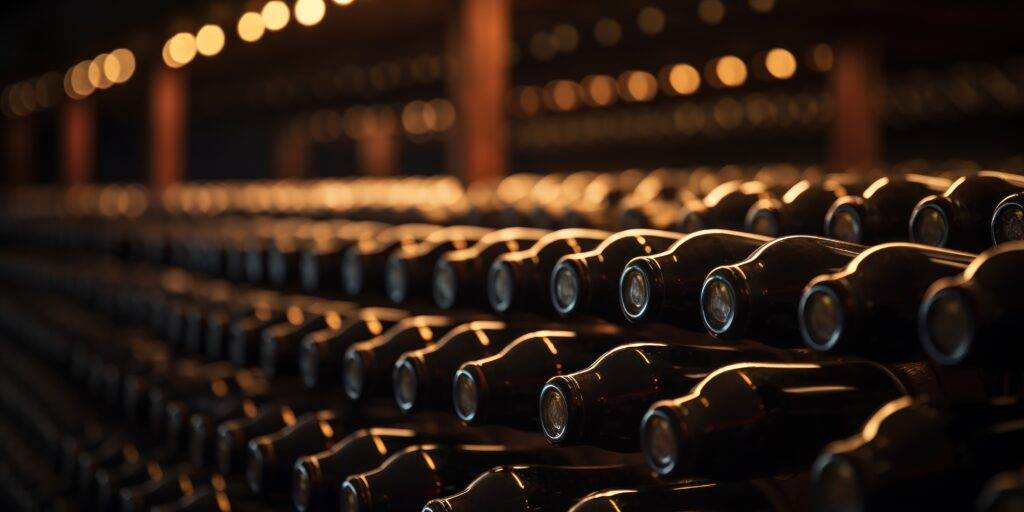
- Preservation: Maintaining optimal wine quality by regulating temperature and humidity.
- Showcase: Displaying an impressive collection to clients or customers.
- Storage: Efficient organization that maximizes space and accessibility.
Whether you’re a vineyard owner looking to store your finest bottles or a restaurant aiming to curate an exquisite wine list, the design and functionality of the cellar are paramount. It reflects your dedication to quality and understanding of wine. Imagine walking into a beautifully designed cellar that not only preserves each bottle but also creates a stunning visual appeal. When one enters such a space, it exudes a sense of reverence for the craft of winemaking. In the sections that follow, we will explore essential considerations for building a successful commercial wine cellar, ensuring it meets both aesthetic and functional needs.
Understanding the Purpose of a Commercial Wine Cellar
As we delve deeper into the nuances of constructing a commercial wine cellar, it’s crucial to grasp the myriad purposes it serves. Beyond simply storing bottles, a well-designed wine cellar embodies a commitment to quality and excellence in the world of wine.
Preservation of Quality
One of the primary purposes of a commercial wine cellar is to preserve the quality of the wine. Proper storage conditions can significantly impact the aging process, making it essential to maintain:
- Optimal Temperature: Ideally between 50°F and 57°F (10°C – 14°C).
- Humidity Levels: Maintaining humidity between 50% and 70% to prevent corks from drying out.
When wines are stored correctly, they develop richer flavors and aromas. A personal favorite is witnessing how a well-aged Cabernet Sauvignon evolves over time—its transformation is truly a testament to the importance of appropriate storage.
Enhanced Accessibility and Organization
Additionally, a commercial wine cellar allows for better organization and accessibility of the collection. Whether it’s for a wine shop or a fine dining restaurant, an efficient storage system ensures that you can quickly locate and present the ideal bottle to customers without hassle. Key benefits include:
- Wine Racks and Shelving: Utilizing vertical space ensures a larger capacity.
- Labeling Systems: Allows for quick identification of your inventory.
Ultimately, understanding the purpose of a commercial wine cellar drives its design and operational strategies, laying the foundation for a successful wine collection. In the next section, we will explore vital location and space considerations for such an endeavor.
Location and Space Considerations
Having established the vital purposes of a commercial wine cellar, the next step involves careful consideration of its location and spatial requirements. These factors play a crucial role in the success of your wine storage solution.
Ideal Temperature and Humidity Levels
The integrity of wine is highly dependent on the environment in which it’s stored. The ideal temperature for wine storage typically falls between 50°F and 57°F (10°C – 14°C). This range helps preserve the delicate balance of flavors and aromas. Additionally, maintaining humidity levels between 50% and 70% is essential to prevent corks from drying out, which can lead to oxidation and spoilage. To achieve these conditions, selecting an appropriate location is critical. For instance, a basement often provides a naturally cooler environment, making it a favorite spot for many wine cellar owners.
Proper Ventilation and Insulation
Beyond temperature and humidity, proper ventilation and insulation are fundamental to maintaining the wine cellar’s environment. A well-ventilated space helps prevent musty odors and allows for air circulation, avoiding heat build-up from cooling units. Key considerations include:
- Insulation Materials: Using materials like foam or insulated doors can help stabilize conditions.
- Ventilation Systems: Installing an efficient HVAC system ensures consistent air flow and temperature control.
For example, investing in a high-quality cooling unit with both temperature and humidity control can make a significant difference in maintaining optimal conditions. With these space considerations in mind, your future wine cellar is well on its way to becoming a haven for exceptional wines. Next, we’ll explore essential equipment and storage solutions that will further enhance the functionality of your wine cellar.
Essential Equipment and Storage Solutions
Having laid the groundwork for the ideal location and environmental conditions for your commercial wine cellar, let’s direct our attention to essential equipment and storage solutions. This equipment not only enhances the functionality of your setup but also ensures the protection of your prized bottles.
Wine Racks and Shelving
When it comes to wine storage, the right racks and shelving can make all the difference. Not only do they offer a practical solution for organizing your collection, but they also add an aesthetic touch to the cellar. Consider these aspects when selecting wine racks:
- Material: Options range from wood to metal, each providing a different look and durability.
- Design: Horizontal racks are essential for bottling aging, while stacking options maximize vertical space.
- Capacity: Determine how many bottles you plan to store to choose racks that meet your needs.
For instance, a sleek wooden rack can complement the elegance of your collection, while modular metal racks can expand as your inventory grows. To maintain the ideal environment, investing in high-quality cooling units and temperature control systems is paramount. These systems are specifically designed for wine cellars and provide features such as:
- Consistent Temperature Regulation: Ensures that temperature does not fluctuate dramatically.
- Humidity Control: Keeps humidity levels within the recommended range.
A well-chosen cooling unit will not only preserve the quality of your wine but also operate quietly and efficiently, allowing you to focus on enjoying your collection. Moreover, a digital thermostat can provide peace of mind, allowing you to monitor conditions remotely. With the right equipment in place, your commercial wine cellar can thrive, setting the stage for further enhancements such as lighting and aesthetic design, which we will explore next.
Lighting and Aesthetic Design
Following the establishment of essential equipment and storage solutions, it’s time to consider the lighting and aesthetic design of your commercial wine cellar. Not only do these elements contribute to the overall ambiance, but they also play a critical role in preserving the quality of your wine.
LED Lighting Options
When it comes to illuminating your wine cellar, LED lighting stands out as the best option. LED lights are energy-efficient and emit minimal heat, which helps maintain the stable temperature crucial for wine preservation. Here are some benefits of using LED lights:
- Color Variety: LED options come in multiple colors, allowing you to create an inviting atmosphere.
- Longevity: With a longer lifespan compared to traditional bulbs, LEDs reduce replacement costs.
- Strategic Placement: Consider installing lights under shelves or within the racks to highlight your collection without direct glare.
Imagine walking into a cellar where soft, warm LED lights subtly illuminate the bottles, creating an enchanting environment perfect for both storage and showcasing.
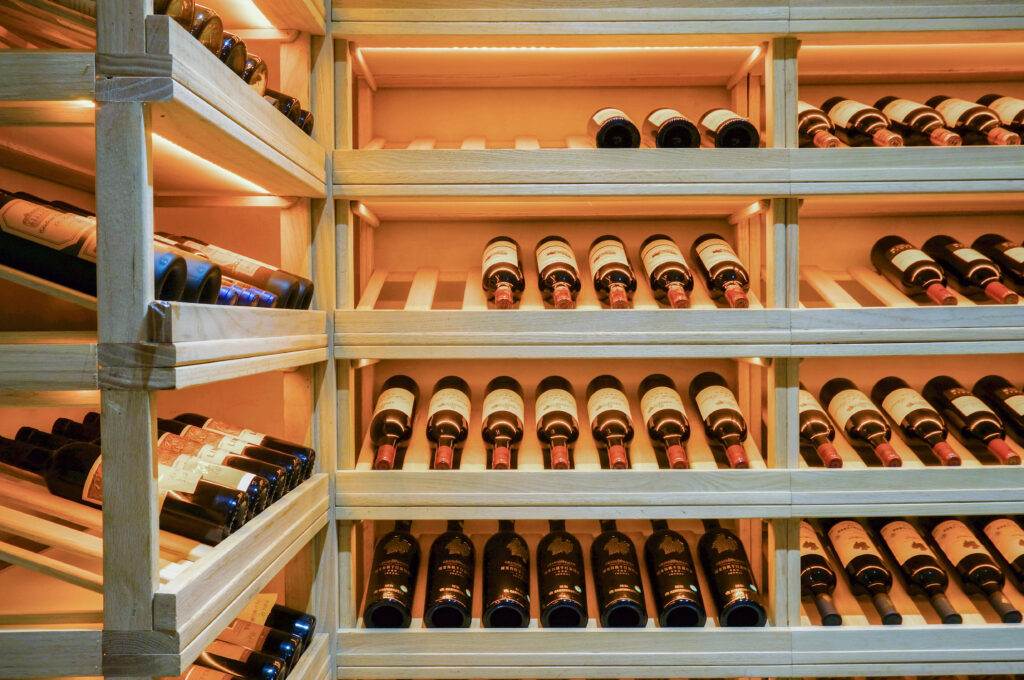
Choosing Materials and Finishes
The materials and finishes selected for your wine cellar also greatly influence its aesthetic appeal. When choosing, contemplate:
- Wood Types: Mahogany and oak can lend a timeless quality to the space.
- Finishes: Matte or gloss finishes can change the look drastically, so consider what aligns with your desired aesthetic.
- Flooring: Durable options like tile or treated wood not only add to the appeal but also endure the humidity levels.
For example, a rustic wood finish may create a cozy, inviting environment, while sleek modern materials could convey a contemporary elegance. The right combination of lighting and design elements will not only enhance the visual appeal but also create an unforgettable experience for anyone stepping into your wine cellar. Next, we’ll focus on security features and access control, ensuring your valuable collection remains protected.
Security Features and Access Control
After perfecting the aesthetic appeal and functionality of your commercial wine cellar, another critical aspect to address is security. With valuable collections housed within, it is essential to implement effective security features and access control mechanisms to protect your investment.
Alarm Systems and Monitoring
One of the primary components of a secure wine cellar is a robust alarm system. Integrating advanced security technology can provide peace of mind, ensuring that your collection is safeguarded against theft and unauthorized access. Consider the following options:
- Motion Sensors: Activate alarms when movement is detected within the cellar.
- Glass Break Sensors: These systems alert you when a wine bottle is tampered with or broken.
- Remote Monitoring: Many modern alarm systems allow for mobile app integration, enabling you to monitor your cellar from anywhere.
Imagine the comfort of knowing that you can check the status of your collection directly from your smartphone, giving you instant alerts if anything amiss occurs.
Entry Points and Locking Mechanisms
Your wine cellar’s entry points should also be fortified with reliable locks and mechanisms to enhance security. Here are some effective strategies:
- Access Control Systems: Keypad or biometric entry gives you control over who can enter the cellar.
- High-Quality Locks: Invest in deadbolts or electronic locks that are both sturdy and tamper-resistant.
- Restricted Access Areas: Designating specific areas within the cellar can help manage access to more valuable collections.
For instance, having a separate locking cabinet for rare wines can limit access while allowing for easier organization. By prioritizing security features and access control, you ensure that your prized wine collection remains well protected. Next, we will look into organization and inventory management, ensuring your wines are stored and tracked efficiently.
Organization and Inventory Management
After ensuring the security of your commercial wine cellar, the next vital aspect to tackle is organization and inventory management. Proper organization not only improves accessibility but also enhances the overall experience of managing your wine collection.
Labeling and Tracking Systems
A well-implemented labeling and tracking system is crucial for efficient organization. It allows you to quickly identify bottles and their details, ensuring that you always have the right wine at your fingertips. Consider these strategies:
- Consistent Labeling: Use clear, easy-to-read labels that include the wine name, vintage, and origin.
- Color Coding: Differentiate categories (e.g., red, white, sparkling) with color-coded labels for quick identification.
- Location Markers: Add shelf or rack numbers to your labels to help locate specific bottles easily.
For example, a color-coded system makes it effortless to grab a bottle of Sauvignon Blanc at a glance, streamlining the selection process during busy service periods.
Inventory Management Software
To take organization a step further, investing in inventory management software can revolutionize how you track your collection. This technology provides several advantages:
- Real-Time Updates: As you sell or add bottles, the system automatically updates your inventory.
- Detailed Reporting: Analyze your collection trends, such as popular varieties or aging potential.
- Mobile Access: Many software options offer mobile apps, allowing you to manage your inventory on-the-go.
By leveraging technology, you eliminate the hassles of manual tracking and ensure accuracy in your inventory management. Overall, a well-organized system will enhance the experience for both you and your customers, leading to smoother operations. In the next section, we’ll focus on sustainable practices and energy efficiency in your wine cellar.
Sustainable Practices and Energy Efficiency
As the focus on sustainability grows across various industries, incorporating eco-friendly practices in your commercial wine cellar design not only benefits the environment but can also enhance your business’s reputation. Following an organized system ensures a streamlined operation, but embedding sustainable practices will want to enhance both efficiency and longevity.
Eco-Friendly Construction Materials
Choosing eco-friendly construction materials is an essential step toward establishing a sustainable wine cellar. These materials not only reduce your environmental impact but also contribute to better air quality and energy efficiency. Consider the following materials:
- Reclaimed Wood: Repurposing wood from old buildings or furniture reduces deforestation and adds a rustic charm to your cellar.
- Low-VOC Paints: Utilizing paints that emit fewer volatile organic compounds (VOCs) can enhance air quality while still providing aesthetic appeal.
- Sustainable Flooring Options: Look for options like bamboo or recycled materials, which are both stylish and environmentally friendly.
Imagine stepping into a beautiful cellar constructed from reclaimed wood, where each beam tells a story and aligns with your sustainable values.
Energy-Efficient Cooling Solutions
In addition to construction materials, implementing energy-efficient cooling solutions is crucial for reducing your wine cellar’s overall energy consumption. Here are some practical options to consider:
- High-Efficiency Cooling Units: Invest in units that are rated for energy efficiency, such as those with Energy Star certification.
- Smart Thermostats: Installing smart thermostats ensures that temperature settings adjust automatically based on usage patterns.
- Proper Insulation: Ensuring that your cellar is well-insulated can minimize energy loss and stabilize temperature, reducing the need for frequent cooling adjustments.
By adopting these sustainable practices, you create an eco-conscious wine cellar that not only protects your collection but also supports environmental stewardship. In the following section, we will discuss compliance with regulations and building codes to ensure your cellar meets all necessary legal requirements.
Compliance with Regulations and Building Codes
After establishing a sustainable and efficient wine cellar, it’s crucial to prioritize compliance with regulations and building codes to ensure that your establishment operates legally and safely. This not only protects your investment but also enhances the experience for your customers.
Licensing and Permit Requirements
Before commencing any construction or renovation, understanding the licensing and permit requirements specific to your location is essential. This can vary widely based on local laws and regulations. Here are some key points to consider:
- Business Licensing: Ensure you have the necessary licenses to operate a commercial wine cellar, especially if you plan to distribute or sell wine.
- Building Permits: Obtain permits for construction, electrical work, and plumbing to ensure adherence to safety standards.
- Food and Beverage Regulations: Familiarize yourself with any regulations related to storing or serving alcohol, as these rules are often stringent.
Starting your project with a clear understanding of these requirements helps mitigate delays and potential fines in the future.
ADA Accessibility Guidelines
In addition to permits, adhering to the Americans with Disabilities Act (ADA) guidelines is crucial for providing accessible experiences for all customers. This includes:
- Accessible Entryways: Design entrances and walkways that accommodate wheelchairs and mobility devices.
- Proper Aisle Widths: Ensure that aisles between racks are wide enough for easy navigation.
- Signage and Information: Provide clear signage that assists all customers in understanding your offerings.
By taking the time to comply with these regulations and accessibility guidelines, you not only foster inclusivity but also enhance customer satisfaction. The final piece we will explore is maintenance and regular inspections to keep your wine cellar operating smoothly and efficiently.
Maintenance and Regular Inspections
With your commercial wine cellar designed, compliant with regulations, and efficiently organized, the final focus should be on maintenance and regular inspections. Implementing a structured maintenance plan ensures your cellar remains in optimal condition while extending the lifespan of both the equipment and the collection itself.
Cleaning and Sanitization Procedures
Keeping your wine cellar clean is fundamental not only for hygiene but also for the overall quality of your wine. Here are some essential cleaning and sanitization procedures to follow:
- Regular Dusting: Wipe down racks and surfaces regularly to prevent dust accumulation, which can impact air quality.
- Bottle Hygiene: Clean wine bottles before storage to prevent any unwanted contaminants from entering your collection.
- Floor Cleaning: Use appropriate cleaning solutions to maintain a hygienic environment while avoiding products that might leave residues harmful to wines.
A clean space not only preserves wine but also creates a welcoming atmosphere for clients or visitors.
Routine Maintenance Checks
In addition to cleaning, scheduling routine maintenance checks for cooling units and other equipment is essential to ensure everything operates without issue. Consider the following:
- Temperature and Humidity Monitoring: Regularly review the settings and adjust as needed to ensure optimal conditions.
- Inspect Cooling Systems: Check for any signs of wear or malfunctions and address them promptly to avoid costly repairs.
- Check Insulation and Seals: Ensure that insulation and door seals remain intact to prevent energy loss.
For instance, incorporating a monthly inspection schedule—complete with a checklist—can help streamline the maintenance process and prevent minor issues from becoming significant problems. By committing to thorough cleaning and routine maintenance checks, you ensure that your wine cellar remains a vibrant and well-maintained space for years to come. With this commitment, you have successfully created an environment that not only protects but also enhances your wine collection.
